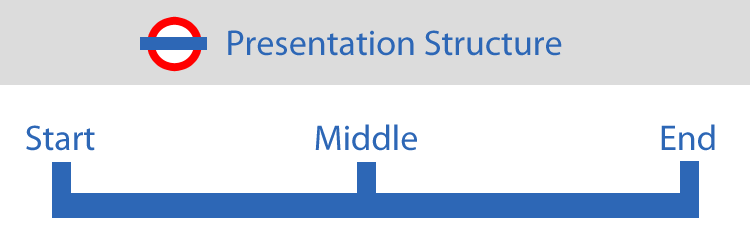Deliberate Practice: Improve Your Presentation Skills in 8 Steps!
This article helps you to understand how to use Deliberate Practice to improve your presentation skills – and how to become really good at them!
Here at Smart Students we strongly believe that the notion of inherent talent is a misguided concept. We believe that your upbringing, your interests, and, your personality shape who you are and what you are good at. General intelligence (whether IQ or other aspects) certainly helps to be good at certain activities, but putting extreme cases aside, talent doesn’t really exist. Or, as the Harvard Business Review puts it, “experts are always made, not born“.
You might also have come across Geoff Colvin’s book Talent is Overrated: What Really Separates World-Class Performers from Everybody Else. He fins that a broad range of artists, managers, scientists and athletes, who have all become world-class performers, have one particular thing in common: deliberate practice.
Deliberate Practice? Why Practice is Not Enough!
To summarise his argument, the difference between deliberate practice and normal practice is simply the intensity and the temporary move out of your comfort zone. Practice itself might mean that you half-heartedly, or even with full perceived effort are trying to get better at something. Think about your weekly sports class or your somewhat lazy approach of learning a language using tools like Duolingo or Memrise. Such recreational training might lead to some advancements and it will be fun, but it will not get you to the very top of the field.
Compare to this an hour of focused circle training for a specific sport. Think pf basketball, football, or netball, and how you repeatedly train specific movements again and again. Hand/Foot-eye coordination drills. Sprints and jumps. Again and again. This will be tiring. It will be boring. But it will make you become a much better player.
Deliberate Practice: How to Improve Your Presentation Skills

Now, that you understand the basic concept behind deliberate practice and how it is superior to normal practice, let’s think about how to improve your presentation skills by using deliberate practice.
Take a moment and wonder how you can improve your presentation skills. What are the different aspects essential to perform well? Is it all about content? About confidence? About attitude?
Her is our seven step plan which has helped a good range of students we have mentored over the past few years to improve their confidence and their ability to give convincing presentations in academic and business settings.
Step 1: Pick a random topic of interest for a 3-minute presentation.
Step 2: Prepare this 3-minute presentation for 10 minutes. No excuses. Do it now. Spend a minute on a preferred structure, a few minutes on research, then the remaining time on content.
Step 3: Record yourself with your webcam or front camera of your smartphone while giving the 3-minute presentation. Make sure to record your whole (upper) body and not just your face.
Step 4: Review the video you just took and take notes. Be scientific. Highlight what you did well and what needs improvement. Differ between verbal (e.g. eloquence, structure, pitch) and non-verbal (e.g. body language, gestures, energy level) aspects.
Step 5: Research time. Look up some presentations by people you admire for their presentation skills or popular videos on the topic. Analyse how they are doing and how they may be better with their body language or structure than you are currently. Take detailed notes.
It is better to spend 20 minutes on analysing a 7 minute video than watching three different 7 minute videos in this time frame. Be thorough. It is less fun, I agree, but it will really make you understand specific aspects.
Step 6: Review your video once more based on what you have just learned. Take additional notes. However, do not just note what you did well or what you did poorly, but also mention specific advice on how to improve what you feel requires improvement. Be specific.
Step 7: Give the 3 minute presentation one more time and record it as well. However, do not analyse it afterwards.
Step 8: Take a rest. After 1-3 days, repeat step 4 before going through the whole process again. See what you did well by analysing the video, then come up with a new topic and go through the motions once more.
Depending on how long you watch other people’s videos, this whole process might take less than an hour or a little more than that. It sounds like a tedious process – I know. It is tedious. However, the second time you spend these <90 minutes, you will quickly notice that you have improved already quite a bit. This will give you plenty of confidence to continue your deliberate practice for further rounds.
If you are serious and stick to the above plan you can go from one of the lowest performing presentation givers in your class to one of the top performers within just two weeks. We have seen it happen many times! Trust the process.
Additional Tips for Intermediate and Advanced Presenters
- make sure to increase the length and complexity of the topic you are presenting to improve your presentation skills further
- once you feel more confident, ask others to review your performance. Roommate, friend, family or random classmate – the more the merrier
- make sure to not spend too much time on viewing other people’s presentations. You practicing deliberately makes you become better; you watching others perform does not really help that much
Good luck and let us know how you’re doing!
For more study advice check out our section here.
